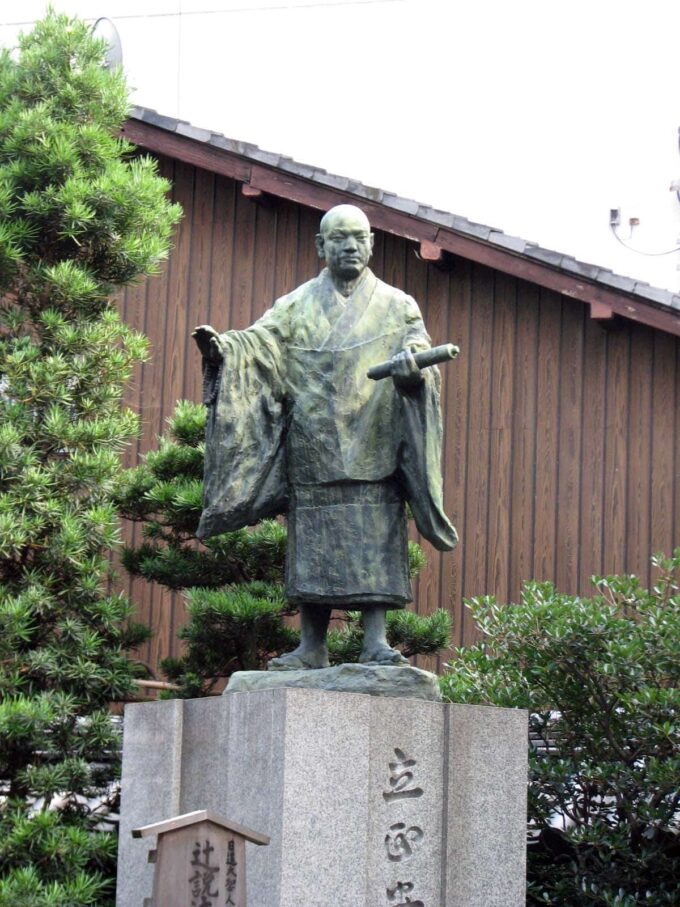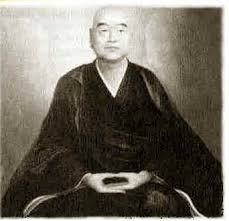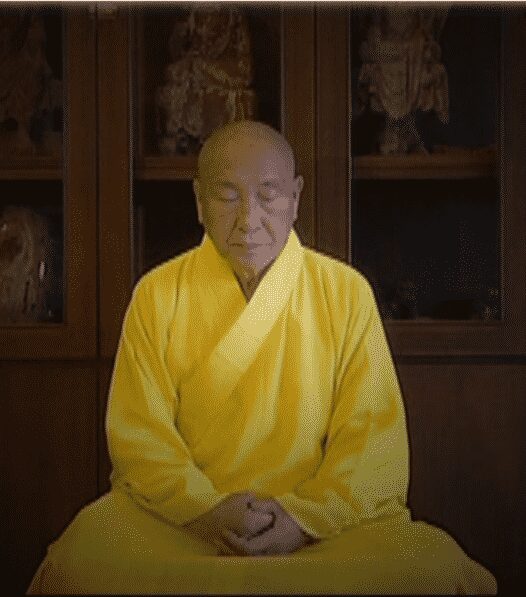Nichiren Buddhism is a Japanese Buddhist movement in the Mahayana tradition. Nichiren Buddhism differs from other schools of Buddhism in focusing on this world, and in its view that it is the only correct tradition. It also emphasizes the importance of individuals taking responsibility for improving themselves. The followers of Nichiren Buddhism believe that individual empowerment and inner transformation contribute, in turn, to a better and more peaceful world.
One of the key elements of Nichiren Buddhism is that the enlightenment is available to everybody. The essence of enlightenment is opening a person’s innate Buddha-nature in this world.
In Nichiren Buddhism, Nichiren himself is regarded as the Buddha, while the dharma is in the chant and the gohonzon. The Nichiren Shoshu school of Buddhism teaches that the sangha is the priesthood alone, while Soka Gakkai does not restrict the sangha in this way.
Nichiren Buddhists believe in ten basic principles as fundamental to human make-up. These are:
- Hell – a condition which appears when someone feels in despair or desperate.
- Hunger – when someone constantly wants something.
- Animality – is governed by instinct and may lead someone to prey on those more vulnerable.
- Anger – encompasses traits of selfishness, competitiveness, and arrogance.
- Tranquillity – is a calm state of life.
- Rapture – is the pleasures one feels when one’s desires are fulfilled.
- Learning – appears when someone seeks new skills.
- Absorption is a condition based on knowledge and wisdom.
- Bodhisattva – means ‘disciple of the Buddha’ and is a state where people have strong concern for others which ultimately helps them to overcome their challenges.
- Buddhahood – is the ultimate state to be in as it includes compassion, wisdom, and humaneness.
Nichiren Buddhism began in medieval Japan. It has its roots in the teachings of Nichiren Daishonin (1222-1282), a 13th-century Japanese monk who tried to reform Buddhism and Japanese society. His teaching was based on the Mahayana sutra (scripture) known as the Lotus Sutra. Nichiren Daishonin’s Buddhism was passed from generation to generation in Japan for 700 years, giving rise to over thirty different Nichiren denominations in Japan.
Nichiren considered the Lotus Sutra as a supremely authoritative scripture. He taught that it should always be read and applied to the contemporary context — to the time and place in which the reader happened to be. Nichiren emphasized the Lotus Sutra to the extent that he taught that it was the only way that could lead to true Buddhahood and create a truly good world. He taught that other Buddhist practices no longer provided a road to enlightenment and that it was the neglect of the Lotus Sutra that was responsible for the evils of his time.
Chanting
The main practice of Nichiren Buddhists is chanting, primarily the mantra Nam Myoho Renge Kyo which means ‘I devote my life to the law itself’. Nam Myoho Renge Kyo is both the heart and title of the Lotus Sutra, which teaches the enlightenment of all living beings. Chanters repeat this mantra to enter more deeply into the spiritual tradition of the Lotus Sutra. Believers also recite sections of the Lotus Sutra as part of their daily practice. The chant is performed in front of a scroll called the Gohonzon. This Japanese word means ‘supreme object of devotion or worship’. In Nichiren Buddhism, Gohonzon is a paper replica of a scroll originally inscribed by Nichiren. The original was carved in camphor wood and is preserved in the Taisekiji temple. Followers keep their Gohonzon in a small home altar and face it during their daily chanting. Chanting is usually performed for about 30 minutes night and morning and is believed to bring about changes in a person’s life and reverse bad karma.
Nichiren Buddhists specifically believe that everyone can change their destiny and bring about the effects they desire. Followers are encouraged to write their personal goals down on a piece of paper and have it in front of them while chanting. The aim of this practice is to establish high states of self-development. The chanting works as a regular and constant inspiration to manifest the qualities of the Buddha in one’s daily life. In their view, to chant means to activate the innate Buddha-nature.
This chanting tradition is very different to the tradition of chanted prayer in many other religions. Those who practice it believe that the chant is “an influence at work in the metaphysical economy” and actually changes the force and action of karma. Practitioners also believe that chanting works not by inviting some supernatural being or power to intervene and change karma, but by affecting karma directly.
Study is an important part of the practice, as followers believe Buddhist study to be fundamental in illuminating one’s path in life. They also read Nichiren’s writing in a book called the ‘Gosho’, which expounds his beliefs and insights through letters and stories.
Today there are many schools of Nichiren Buddhism. The largest are the Soka Gakkai, Nichiren Shoshu and Nichiren Shu. Unlike other schools of Buddhism, its members actively proselytize. Nichiren Buddhists meet weekly or fortnightly in their own homes. Members of the practice are given a Gohonzon (the scroll) so that they can practice at home rather than going to a temple.
People are divided into groups based on their location and will appoint an overall leader of the group, a men’s and women’s leader and a youth division leader. This is a very structured arrangement which can be reproduced universally.
Pilgrimages are made to the head temple of the Nichiren Shoshu school of Buddhism at Taisekiji, near Fujinomiya City in Shizuoka Prefecture, Japan, where the Dai-Gohonzon is kept, together with the ashes of Nichiren Daishonin.
photo credit: Rakuten




